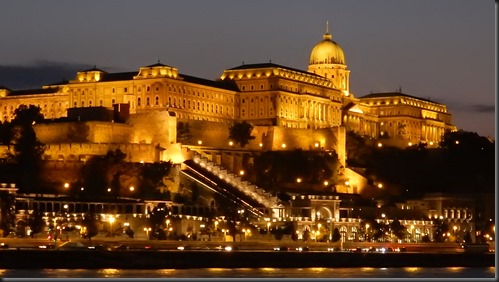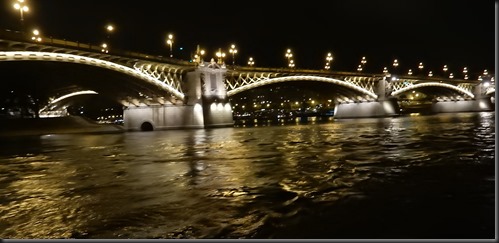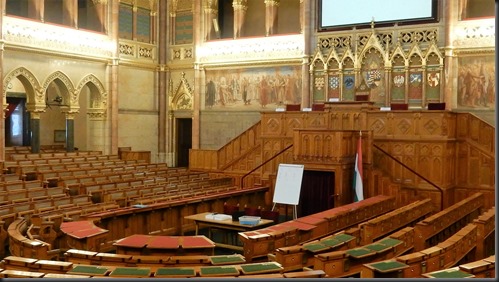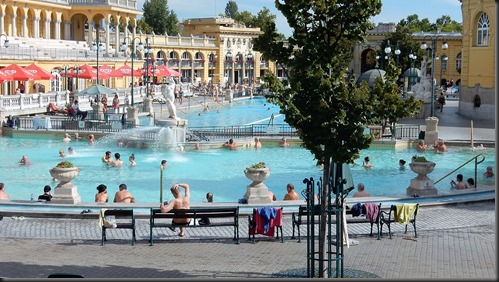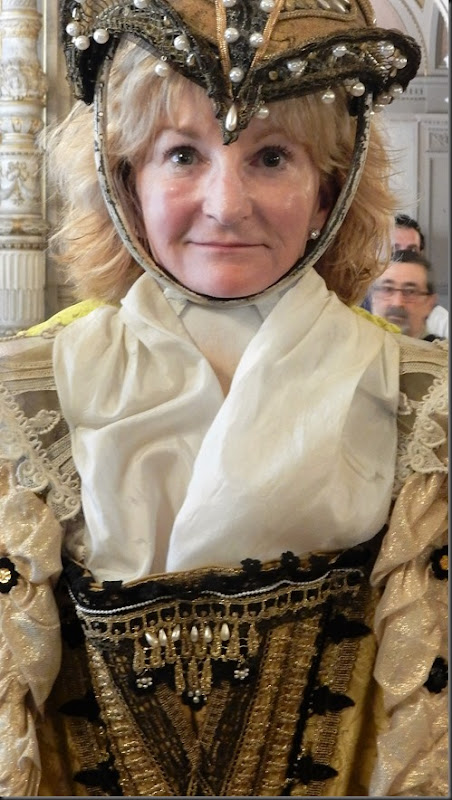Since we had time before our flight I suggested we leave early and spent time at the airport in BA’s lounge. Brenda assured me there would be no lounge in the small Budapest airport. She be wrong. The airport is very modern and had a lounge.
Our friends Partice and Glenn had to be at the airport hours before us so they sent a text that their cab fare was 7,400 Hungarian dollars. So we saved out 8,500 and used the rest of what we had to pay toward the hotel bill. So we were more than surprised to find our taxi bill was over 9,000. Shit! We don’t have enough money. But the cab driver quickly calculated that 7,500 Hungarian dollars plus 10 Euros would pay the bill. We were happy.
The pictures shown here are what I call “outtakes”. They never made the blog but are (may be) worth showing.
One thing that has been nagging me: has this blog been properly named? Have we really been in Eastern Europe? As Peter, Paul and Mary noted, “Times, they are a changing.” The world is changing. The boundaries are changing. Does “Eastern Europe” still stand for what we used to think? Or should it be called Central Europe. I did a little research and found that both the UN and Rick Steves still calls this Eastern Europe. However the CIA doesn’t agree. Well I think it’s easier to ignore the CIA than it is to rename each of my blogs! BTW, the photo on the left below is of the group that cycled from Prague to Vienna. On the right we discover Radler, beer + lemonade.
But the Eastern Europe we saw didn’t feel right. We had pre cold war visions but this was not what we experienced. Since the end of the cold war and with economic growth spurred by the European Union, Eastern Europe feels like Western Europe. Prague or Budapest could have been Frankfort or Dublin. The infrastructure is modern. The buildings, or at least the inside of them, are modern. Our hotel rooms, in fact, were usually larger than in Western Europe. The cafes are full and the food is good. And cheap. Don’t forget beer cheaper than water! Just looking at the people on the streets and in the subways, everyone seems content. The young people are having good times.
No wonder Western Europeans take vacations in Prague. It’s a one hour flight from Frankfort and two hours from London. If probably costs half as much as at home; there is good food, good entertainment, even better beer and widely available recreational drugs. What’s not to like?
I read in today’s paper that Rome had dropped our of competition for the 2026(?) Olympics, leaving Los Angeles, Paris and Budapest. The Olympics' in Budapest; who would have guessed!
On the left, Glenn and I buy Stetson hats in an underground station in Vienna
So with the vacation over, and this has been a very good vacation, it’s time for the Basically Boring Bicycle Blog to go to sleep. Tune in again next May when we try to navigate our bicycles in Japan.








